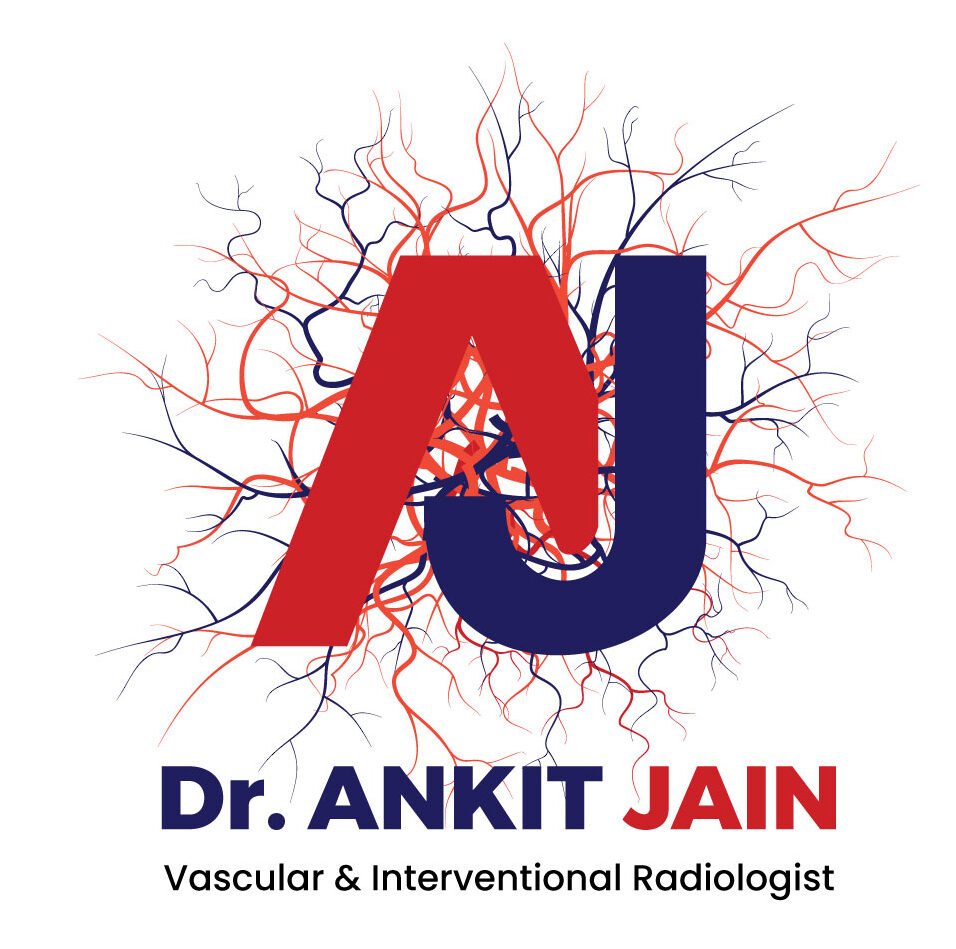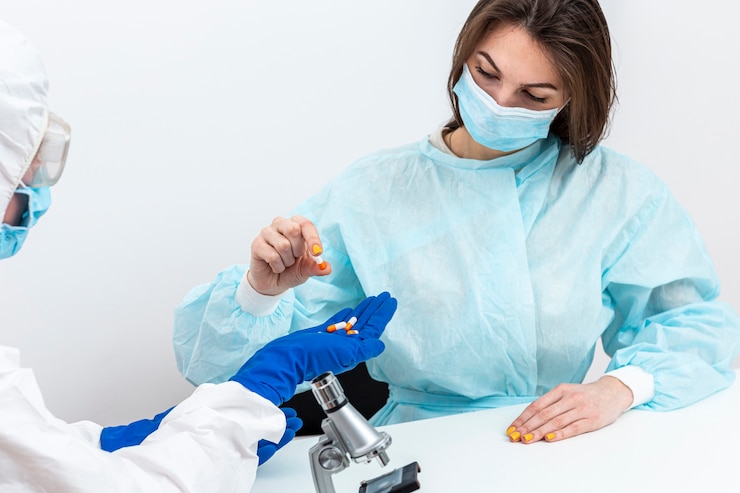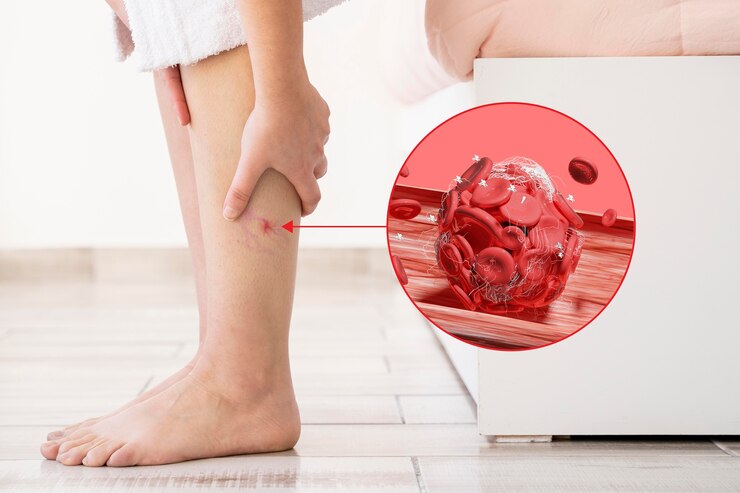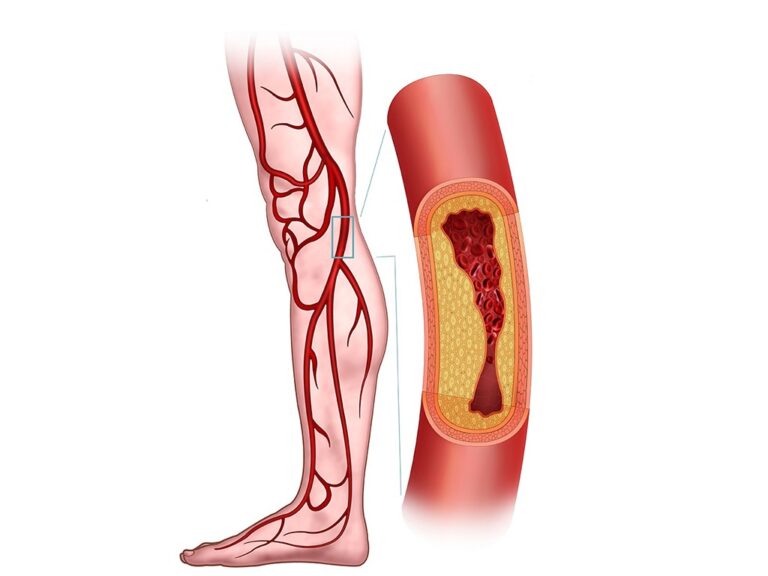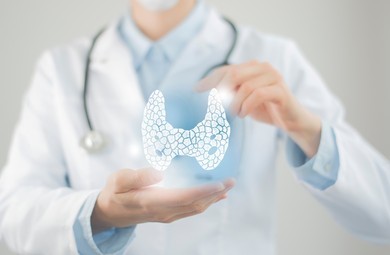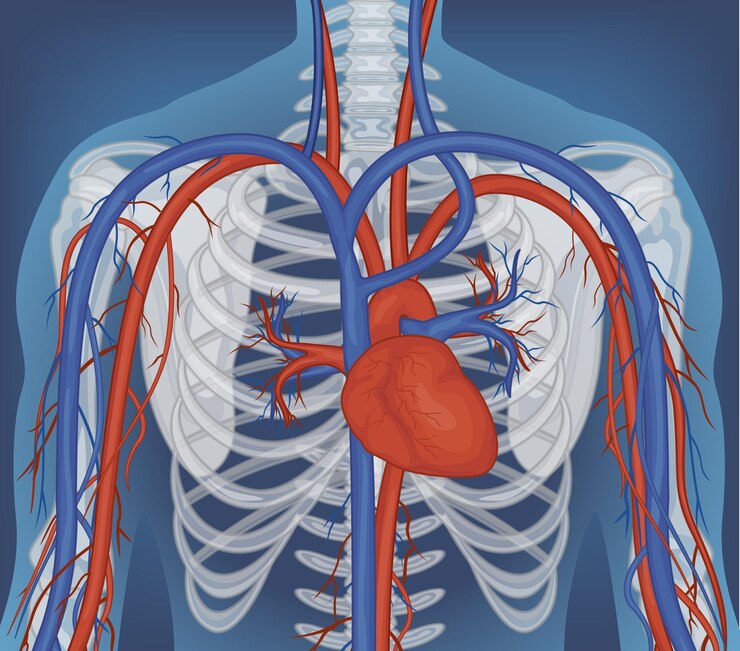Emerging Therapies And Innovations In Gangrene Treatment
Gangrene, a serious medical condition characterized by tissue death due to inadequate blood supply, remains a significant clinical challenge despite advancements in modern medicine. Traditional treatment approaches often involve surgical debridement and antibiotic therapy. However, emerging therapies and innovations are reshaping the landscape of gangrene treatment, offering promising alternatives for patients at risk of limb loss and complications. In this article, we delve into the latest developments in gangrene treatment, highlighting key emerging therapies and innovations that hold the potential to revolutionize clinical practice.
Enhanced Wound Care Products: Advanced Dressings and Topical Agents
One area of innovation in gangrene treatment lies in the development of enhanced wound care products designed to promote healing and prevent infection. Advanced dressings, such as hydrogels, foams, and alginate dressings, provide a moist environment conducive to wound healing while absorbing excess exudate and promoting autolytic debridement. Additionally, antimicrobial agents, such as silver dressings and iodine-based solutions, help reduce bacterial burden and prevent wound infection, crucial considerations in the management of gangrene.
Key advancements in wound care products include:
- Bioengineered skin substitutes: These advanced biomaterials mimic the structure and function of native skin, promoting tissue regeneration and wound closure in cases of extensive tissue loss.
- Negative pressure wound therapy (NPWT): NPWT involves the application of controlled negative pressure to the wound bed, facilitating wound contraction, reducing edema, and promoting granulation tissue formation, thereby accelerating healing in complex gangrene wounds.
Cell-Based Therapies: Harnessing the Power of Regenerative Medicine
Regenerative medicine holds great promise in the treatment of gangrene by harnessing the regenerative potential of stem cells and growth factors to promote tissue repair and regeneration. Cell-based therapies, such as mesenchymal stem cell (MSC) therapy and platelet-rich plasma (PRP) injections, have shown encouraging results in preclinical and clinical studies for promoting wound healing and tissue regeneration in patients with ischemic ulcers and diabetic foot wounds.
Key advancements in cell-based therapies include:
- MSC therapy: MSCs have been shown to exert anti-inflammatory, immunomodulatory, and pro-angiogenic effects, promoting tissue repair and regeneration in ischemic tissues. Clinical trials investigating the efficacy of MSC therapy in patients with critical limb ischemia and chronic wounds have demonstrated promising results, with improvements in wound healing and limb salvage rates.
- PRP therapy: PRP contains a concentrated suspension of platelets and growth factors derived from the patient’s own blood, which can be injected into the wound bed to stimulate tissue regeneration and accelerate healing. PRP therapy has shown efficacy in promoting wound closure and improving healing outcomes in patients with diabetic foot ulcers and venous leg ulcers.
Advanced Imaging Modalities: Precision Diagnosis and Treatment Planning
Accurate diagnosis and assessment of gangrene are essential for guiding appropriate treatment strategies and optimizing patient outcomes. Emerging imaging modalities, such as magnetic resonance imaging (MRI), computed tomography angiography (CTA), and near-infrared spectroscopy (NIRS), offer enhanced visualization of tissue perfusion and viability, enabling precise localization of ischemic regions and assessment of treatment response.
Key advancements in imaging modalities include:
- Dynamic contrast-enhanced MRI: This advanced imaging technique allows for real-time assessment of tissue perfusion and oxygenation, providing valuable information on tissue viability and treatment response in patients with ischemic wounds.
- CTA with three-dimensional (3D) reconstruction: CTA with 3D reconstruction enables detailed visualization of vascular anatomy and blood flow patterns, facilitating preoperative planning and intraoperative navigation in complex cases of peripheral artery disease and ischemic limb salvage.
Conclusion
Emerging therapies and innovations in gangrene treatment represent a paradigm shift towards personalized, regenerative, and precision medicine approaches aimed at optimizing wound healing and preserving limb function. From enhanced wound care products and cell-based therapies to advanced imaging modalities, these advancements offer new possibilities for patients at risk of limb loss and complications associated with gangrene. As research continues to evolve and technologies advance, collaboration between clinicians, researchers, and industry partners will be essential in translating these innovations from bench to bedside and improving outcomes for patients with gangrene.
For any further queries, Plz visit drankitinterventionalradiologist.com
